
Eighteen fragments from Malcolm Le Grice’s After Leonardo (2016)
BFI Southbank, Blue Room, 27 May 2016.
장르 : 다큐멘터리
상영시간 : 8분
연출 : Stefano Miraglia
시놉시스
"This installation or performance work puts my own earlier film of the Mona Lisa (1973) through another stage of transformation – my own irretrievable self of some 34 years ago is now also part of the subject I first saw the ‘actual’ ‘Mona Lisa’ when I was about thirteen. Of course I had seen dozens of reproductions in books and postcards by then and the popular mythology of the enigmatic smile was already well engrained in my mind. My strongest impression, as I recall, was how small and unsurprising it was – a heavily protected cultural icon – no longer really a picture – and I was much more excited by the painting of the distant landscape than by the face. My own ‘version’ of ‘la Giaconda’ was never an homage, nor like Marcel Duchamp’s ‘L.H.O.O.Q’, an attack on its cultural power. Instead it came from a fascination with change and transformation – maybe also with arbitrary appropriation." Malcolm Le Grice

The Short Films of David Lynch (2002) is a DVD collection of the early student and commissioned film work of American filmmaker David Lynch. As such, the collection does not include Lynch's later short work, which are listed in the filmography. The films are listed in chronological order, with brief descriptions of each film. The DVD contains introductions by Lynch to each film, which can be viewed individually or in sequence. # 1 Six Figures Getting Sick (Six Times) # 2 The Alphabet # 3 The Grandmother # 4 The Amputee # 5 The Cowboy and the Frenchman # 6 Premonitions Following an Evil Deed
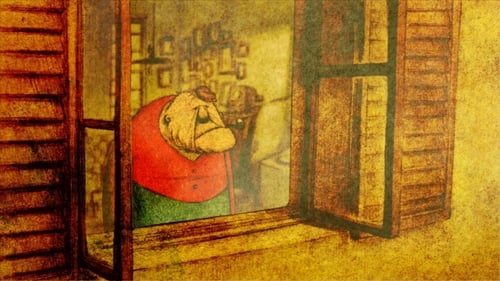
La Maison en Petits Cubes tells the story of a grandfather's memories as he adds more blocks to his house to stem the flooding waters.

Glimpses and sparkles of light lead us onto the dreamy path of a timeless place, immersed within ancient nature. There, the ancestors move beyond the darkness, seeking to create another (im)possible world.

Mockumentary experimental film, which shows one day in the life of a young man. The action takes place on the Day of Soviet Cosmonautics, April 12, one of the last years of the USSR. Outside the window, it is gradually getting warmer, the onset of spring is felt, promising hope for the possibility of changes in the country. The hero of the film is fond of space. The young man, who idolizes Gagarin, is engaged in reconstruction, making the uniform in which the cosmonaut walked in the prime of his glory. Our hero is also a film enthusiast. He makes films with stories of space flights and shows them to his friends. The film is stylized as amateur films of the 1980s and was shot on a 16-mm color film made by the company" Svema", made in the Soviet Union. The quality of this film allows the viewer to fully immerse themselves in the atmosphere of the time of the film, which is dedicated to Soviet cosmonautics and Edward D. Wood Jr.
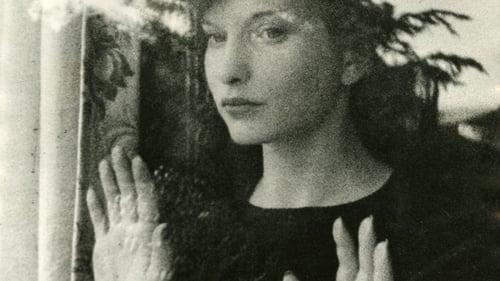
미국 실험영화의 새로운 흐름을 이룩했다는 평을 얻은 실험영화의 고전. 내러티브 없이 유사한 장면들이 반복, 순환됨으로써 마치 꿈을 재현한 듯한 느낌을 주는 초현실주의 작품이다. 어느 여성이 꿈 속에서 또 다시 꿈을 꾸는 듯한 나선형 구조이며, 떨어지는 열쇠, 빵을 자르는 칼, 전화기, 거울 등의 상징적 오브제가 반복 등장한다. 흔히 정신분석학적으로 해석되기도 하는 이 영화의 목적을 마야 데렌은 ‘신화적인 경험을 창조하기 위함’이라 밝힌 바 있다. 마야 데렌이 여주인공으로서 직접 출연하며, 두 번째 남편인 알렉산더 해미드와 2주 여의 시간 동안 자신들의 집에서 손수 촬영했다. 대표작이라 불리는 이 첫 번째 작품으로 마야 데렌은 감각을 뒤흔드는 미학을 만들어 내며 차별적인 실험적, 독립적인 초기 미국 여성 영화의 근간을 마련하였다.

Investigating autumn, temporal alterations, and their effect on movement
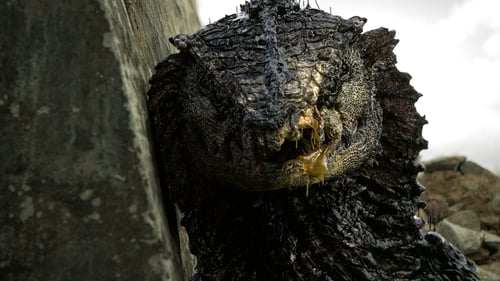
닐 블롬캠프 감독의 'Oats Studios' SF 단편 프로젝트 첫번째작. 기술적으로 우월한 외계종족의 침략으로 무너져버린 인류에 대한 이야기이다. 절망적인 약탈과 무자비함에도 불구하고 사람들은 계속 싸울 용기가 남아있었다.
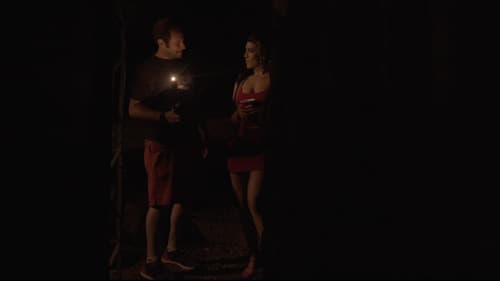
A costume designer is sent to the Catskills for an interactive theatre piece set in the 1920s. When she arrives things seem dark, strange and off. She soon realizes she is part of a student film.

CREMASTER 4 (1994) adheres most closely to the project's biological model. This penultimate episode describes the system's onward rush toward descension despite its resistance to division. The logo for this chapter is the Manx triskelion - three identical armored legs revolving around a central axis. Set on the Isle of Man, the film absorbs the island's folklore ...
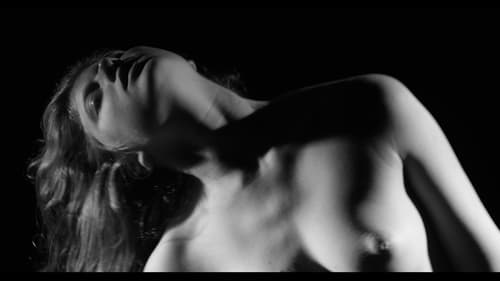
Dance becomes a vehicle to show love's different phases. Amor y Asfixia consists of three scenes that seek to dismantle certain social stereotypes linked to the women's body and its role in dance. It's a short film that experiments with the human body to initiate a bigger discussion.
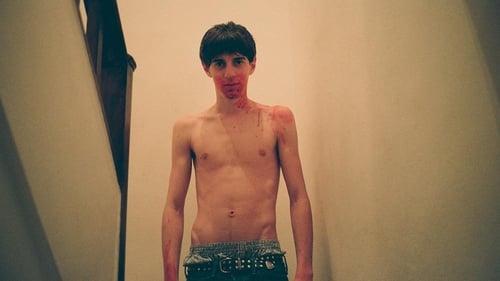
Each day after work, Carlos, a language school teacher, frequents the heady surroundings of his local cruising ground. One evening he encounters a teenage boy from his class named Toni, and the two engage in a brief sexual tryst. As the relationship between teacher and student begins to develop, some dark truths emerge about the young man and his mysterious group of friends.

A visual representation, in four parts, of one man's internalization of "The Divine Comedy." Hell is a series of multicolored brush strokes against a white background; the speed of the changing images varies. "Hell Spit Flexion," or springing out of Hell, is on smaller film stock, taking the center of the frame. Montages of color move rapidly with a star and the edge of a lighted moon briefly visible. Purgation is back to full frame; blurs of color occasionally slow down then freeze. From time to time, an image, such as a window or a face, is distinguishable for a moment. In "existence is song," colors swirl then flash in and out of view. Behind the vivid colors are momentary glimpses of volcanic activity.

A Japanese fairy tale meets commedia dell'Arte. All in white, the naïf Pierrot lies in a wood. Doo-wop music plays as he rises, stares about, and reaches for the moon. Although music abounds and the children of the wood are there at play, Pierrot is melancholy and alone. Harlequin appears, brimming with confidence and energy. He conjures the lovely Colombina. Pierrot is dazzled. But can the course of true love run smooth?
Filmed in France in 1950, it was not completed nor released until 1971

An experimental film comprised of Stanley Kubrick's THE SHINING played forwards and backwards at the same time on the same screen, creating bizarre juxtapositions and startling synchronicities

This hand-painted work is easily the most minutely detailed ever given to me to do, for it traces (as best I'm able) the hypnagogic after-effect of psychological cathexis as designed by Freud in his first (and unfinished) book on the subject - "Toward a Scientific Psychology." (SB)

Arthur Lipsett's first film is an avant-garde blend of photography and sound. It looks behind the business-as-usual face we put on life and shows anxieties we want to forget. It is made of dozens of pictures that seem familiar, with fragments of speech heard in passing and, between times, a voice saying, "Very nice, very nice." The film was nominated for an Oscar for Best Live Action Short Film.

A young man and his dog encounter a sinister force while on a walk through the woods.















